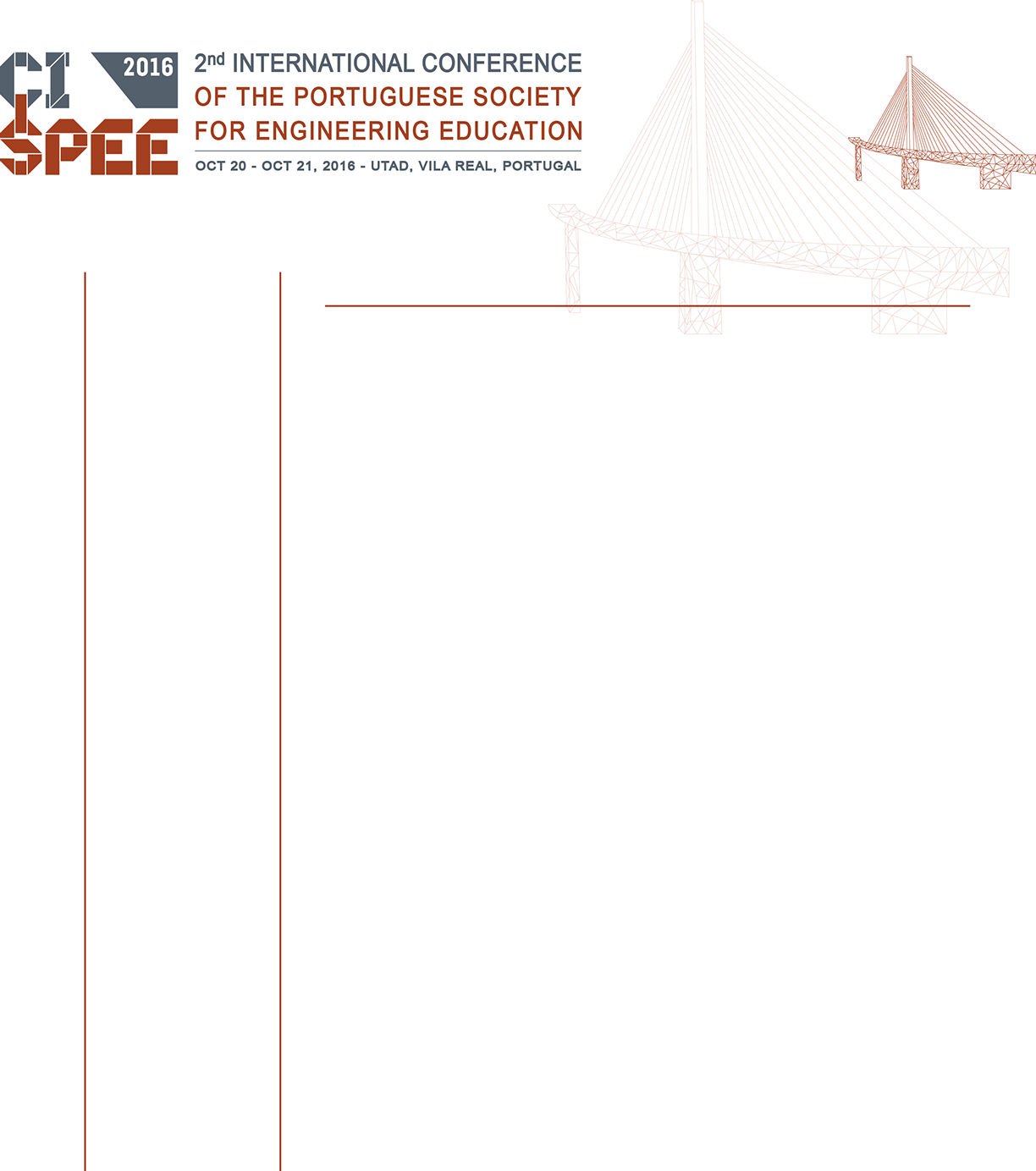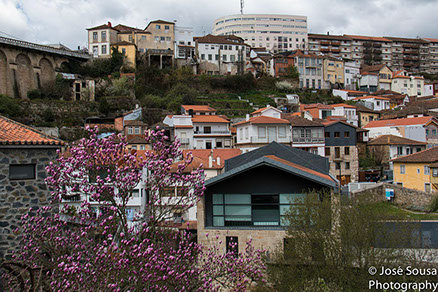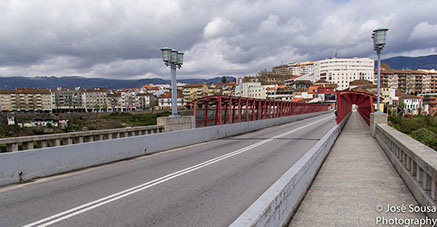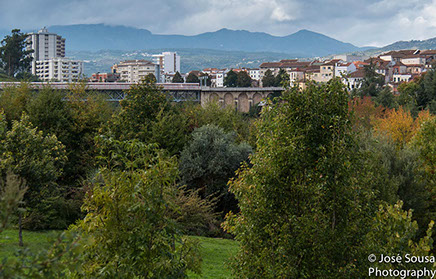
SPONSORS
SPONSORS
SUPPORTED BY
SUPPORTED BY











VILA REAL
VILA REAL
Vila Real is the capital of the district of Vila Real, located in the northern region and in the sub-region of Douro in the old province of Trás-os-Montes and Alto Douro. Is a city grown on a plateau situated at the confluence of the rivers Corgo and Cabril, the city itself is framed in a beautiful natural landscape, the Escarpment the Corgo, with the surroundings of the Mountain Range of Alvão and, further, the Mountain Range of Marão. With over seven hundred years of existence, Vila Real was once known as the "Court of Trás-os-Montes" due to the high number of houses with coat of arms which had along its existence.
(source: https://pt.wikipedia.org/wiki/Vila_Real)
Casa de Mateus
The Casa de Mateus Foundation, located in Vila Real, is one of the country's most active cultural institutions. In 1980 it was instituted the "Morgado de Mateus Prize", awarded only once, and also on that year the " D. Dinis Prize " that every year has honored some of the most important Portuguese writers. It promotes the publication of books, it was founder of the Collective Live Poetry Translation Centers European Network (1991) and have made various achivements in Theatre and Cinema. In the scientific field, it was founded in 1986, with all public universities and Portuguese Scientific Academies, the International Casa de Mateus Institute that organizes and hosts every year, in Mateus, international seminars, bringing together researchers from different countries to discuss various subjects. The Foundation, in the cultural aspect and others, has thus fulfilled in full the purposes for which ventured in 1977.
(source: http://www.casademateus.com/home.htm)
Panóias
The Panóias Shrine, also known as Panóias Boulders, was built between the second century and the beginning of the third century A.D. and is located in Vale de Nogueiras, in Vila Real district. It is a few kilometers away from the city and it gave it once the name. It consists of an where they are three (among others) large boulders in which were carved several cavities of various sizes, as well as access stairs. In the rock at the entrance of the enclosure were recorded several inscriptions - three in Latin and one in Greek, describing the ritual which was celebrated there, the gods to whom it was dedicated and who dedicated. One of the rocks was destroyed in the last century, but has since been rebuilt from previous readings and records.
(source: https://pt.wikipedia.org/wiki/Santu%C3%A1rio_de_Pan%C3%B3ias;
http://www.guiadacidade.pt/pt/poi-santuario-de-panoias-20752)




The Cascade of Fisgas de Ermelo
The Cascade of Fisgas de Ermelo is located next to Ermelo, in the Mondim de Basto county, Vila Real district. This cascade is one of the largest waterfalls in Portugal and one of the largest in Europe, although it does not rushes in a completely vertical manner, it does so through a wide barrier, made of quartzite, with a deep terraced. Its waters separating the areas of granitic and the schist zones of the surrounding land and soil. The unevenness of this cascade, has thus provides a long 200 meters extension dug by the calm but persevering Olo river waters, over the millennia of its existence, which rises in Alvão Natural Park. Before initiating the continuous waterfall, there are upstream lakes of crystal clear water used in many summer seasons.
(source: http://www.guiadacidade.pt/pt/poi-cascata-de-fisgas-de-ermelo-20825)
Douro Valley
Masterpiece of nature and human effort, the Douro Valley is principally river, vineyards, great scenery and ancient history. Successive waves of peoples, cultures and beliefs, populated this region nestled at the foot of the Marão and Montemuro mountain ranges.The tracery of the surrounding countryside have left rock engravings, menhirs, dolmens and built sidewalks, roman bridges, medieval castles, monasteries and churches and architectures of all styles. It is immortalized, in the dust of time, in these parts, legends and traditions of the founding of the nation, charters old scrolls, epic narratives of struggles of Christians and Moors, fortunes and misfortunes of the epic wine stories. The region of Douro, dry in the summer and cold in the winter, is full of contrasts - to add to the main crop of the vineyard, the almond and olive trees abound and mark the local cuisine. There are extensive areas with harsh land inhabited by a wild vegetation and fertile valleys and plains in which are cultivated a wide variety of fruits and vegetables. In the region there are three areas of great environmental importance, the Douro International Natural Park, the Alvão Natural Park and The Protected Landscape of the Azibo Reservoir that allow us to be embroiled in the middle of nature and to discover viewpoints, waterfalls, springs, river beaches, rare plants, wildlife and many other hidden treasures. In the
Douro region, the nature managed to adapt to the hands of workers plowing, and who managed to preserve nature and maintain its beauty intact. This region is currently exploited for tourism, among others, by Douro Walk, a company created and aided by the UTAD Companies Incubator. It provides a range of structured products that include nature hikes and cultural touring routes. Among the many points of interest, there are magnificent views of viewpoints, wonderful river beaches, walks through the vineyards and terraces, Cistercian monasteries and modern wineries designed by leading architects. We also aim to support biker groups in courses designed by us.
(source:http://www.douronet.pt/default.asp?id=54&;